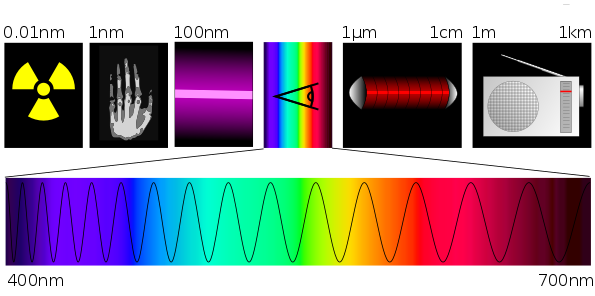[TO BE TRANSLATED/ABRIDGED]
Si è conclusa venerdì 27-3 la missione toscana della rete di ricerca europea “Loss of the Night“, avviata il 21-22 marzo scorso con alcune misurazioni a Torniella, frazione di Roccastrada (GR) e proseguita nel corso della settimana con altre misurazioni in zona urbana, presso l’Istituto di Biometeorologia (IBIMET) del CNR di Sesto Fiorentino.
Gli strumenti e gli “strumentisti”
La campagna di misure prevedeva la raccolta di dati di luminosità del fondo del cielo tramite vari tipi di strumentazione al fine di confrontare tecniche differenti di valutazione dell’inquinamento luminoso. I dieci partecipanti alla spedizione, provenienti da Germania, Austria, Grecia, Spagna, Ungheria, Olanda e Italia hanno portato in val di Farma una batteria di strumenti piuttosto variegata.
Oltre a vari Sky Quality Meter (meglio noti come buiometri a chi negli scorsi anni ha conosciuto il progetto della BuioMetria Partecipativa), sono stati installati due “Light Meter” progettati dall’astronomo austriaco Guenther Wuchterl in occasione dell’anno internazionale dell’astronomia (2009) e oggi diffusi in numerosi osservatori astronomici, e due sensori attualmente esistenti come pezzi unici: il “Digilum” del tecnico olandese Henk Spoelstra, responsabile della principale rete di monitoraggio dell’inquinamento luminoso in Olanda, e l’ASTMON, creato da alcuni astronomi catalani e utilizzato in tutta la Catalogna come riferimento per la valutazione del cielo notturno.
Oltre ai sensori, gli esperti avevano con sé varie macchine fotografiche dotate di appositi obiettivi per catturare immagini complete del cielo.
Un esito curioso e inatteso
Al fine di svolgere le misurazioni in condizioni controllate, il Comune di Roccastrada ha autorizzato lo spegnimento dell’illuminazione pubblica durante parte della notte. In questo modo i ricercatori, oltre ad avere la garanzia di un buio quasi completo nel sito di studio, hanno potuto misurare anche l’effetto legato allo spegnimento delle luci.
Mentre l’analisi dei dati richiederà un lavoro di diversi mesi e sarà successivamente parte di pubblicazioni scientifiche del gruppo Loss of the Night, la missione ha consentito di ottenere anche riscontri immediati e inattesi.
Un’immagine che ha destato notevole interesse nei partecipanti alla campagna, ed è stata condivisa nei giorni scorsi in tutti i social network per gli addetti ai lavori, è uno scatto fatto da uno dei partecipanti durante la prima notte di misure. Zoltan Kollath, astronomo professionista dell’Università di Savaria, Ungheria, è riuscito a catturare l’ombra proiettata in cielo del campanile della chiesa di Torniella.

L’effetto è risultato visibile in quanto, con i lampioni spenti dalle 22, l’unica luce rimasta accesa sino alle 23 è stata la fotoelettrica che illumina il campanile.
L’immagine, di sicura suggestione, ci ricorda che anche in località in cui il cielo notturno ha una qualità molto buona, esistono casi in cui l’illuminazione può essere ottimizzata: nel caso specifico con un semplice intervento si potrebbe risparmiare energia, restringendo il flusso luminoso in modo da rischiarare solo la torre.
Oltre alle misure nei dintorni del paese, una parte del gruppo LoNNe ha eseguito anche rilievi lungo la strada del Belagaio, confermando l’eccellente qualità del cielo notturno in questo territorio, che rappresenta la porzione settentrionale di un’area che si estende dal basso senese, attraversando tutto l’entroterra maremmano e l’Amiata e che costituisce a oggi in Italia una delle tre zone più estese e con qualità del cielo notturno molto buone. In particolare, le misurazioni eseguite in località Belagaio-Casa Nova nella notte di domenica con tre strumenti indipendenti hanno dato letture sopra 22 mag/arcsec2, che è un valore tra i più alti registrabili in assoluto.
L’incontro col pubblico
Nel pomeriggio di domenica 22, prima di avviare le misure, il gruppo LoNNe è stato invitato a un evento pubblico in cui ogni esperto si è presentato e ha condiviso con i partecipanti episodi significativi o curiosi del proprio percorso professionale. Le testimonianze raccolte hanno consentito al pubblico di conoscere le “vite parallele” di astronomi, ingegneri, divulgatori e gestori di parchi impegnati da anni nello studio del problema, e in attitivà di valorizzazione del territorio legate a un uso sostenibile della luce.
Prossimi passi della rete LoNNe
La rete Loss of the Night prosegue le attività sino all’ottobre 2016. Nelle riunioni tenute a Sesto Fiorentino al termine della campagna di misure, tra altre iniziative, che potrete seguire in inglese dal sito principale e in italiano tramite Attivarti.org, è stata abbozzata anche la prossima campagna di misure comparate si svolgerà nel maggio 2016 nel parco astronomico di Mont Sec (Catalogna) .
La campagna di misure della rete Loss of the Night è finanziata nell’ambito del programma COST dell’Unione Europea (azione ES 1204).
Per approfondire il tema
Siete interessati a partecipare in prima persona alla misurazione della qualità del cielo notturno nella vostra zona, o più in generale a approfondire il tema della tutela del cielo notturno tramite un’illuminazione sostenibile?
Potete contattare il progetto BuioMetria Partecipativa all’indirizzo buiometria@attivarti.org.
Ringraziamenti
Un grazie particolare va, come in occasione di altri eventi promossi da Attivarti.org in valle del Farma, alle comunità di Torniella e Piloni per il notevole supporto organizzativo, oltre che a Luciano Massetti dell’IBIMET.
Foto di Andreas Haenel, Zoltan Kollath, Andrea Giacomelli e Luciano Massetti. La mappa di brillanza del cielo notturno è di Cinzano, Falchi ed Elvidge (2001)






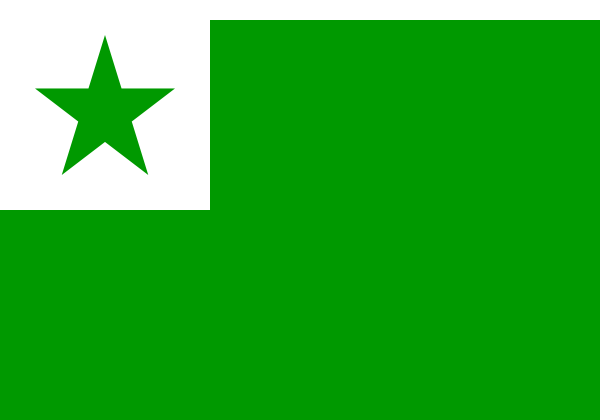 The friends who invited us in Pistoia proposed an Esperanto translation of one of our articles on “BuioMetria Partecipativa”. We always maintain a focus on languages and multi-culture, so we like these things!
The friends who invited us in Pistoia proposed an Esperanto translation of one of our articles on “BuioMetria Partecipativa”. We always maintain a focus on languages and multi-culture, so we like these things!


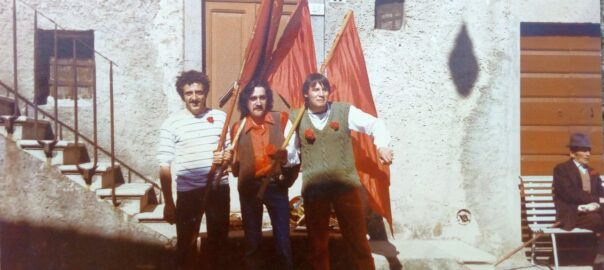
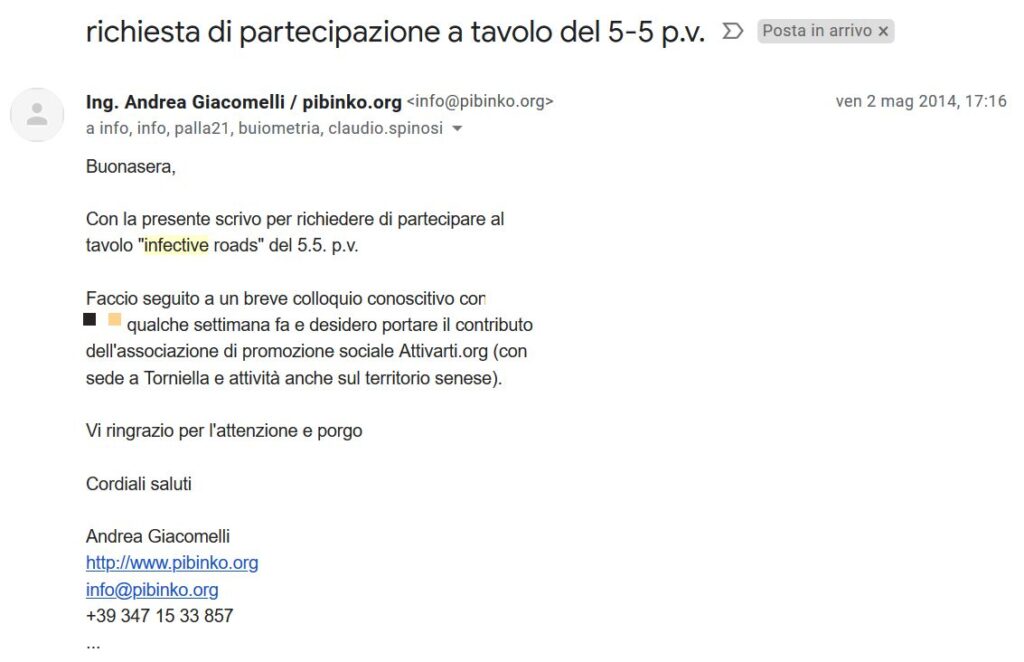
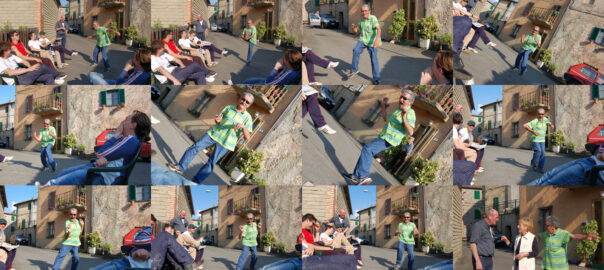
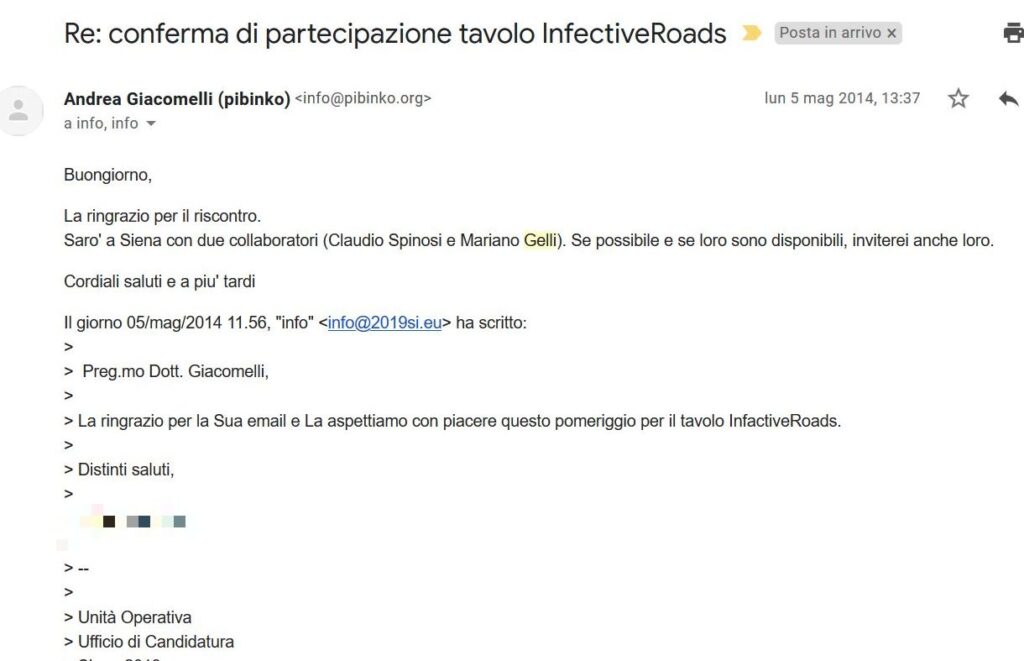
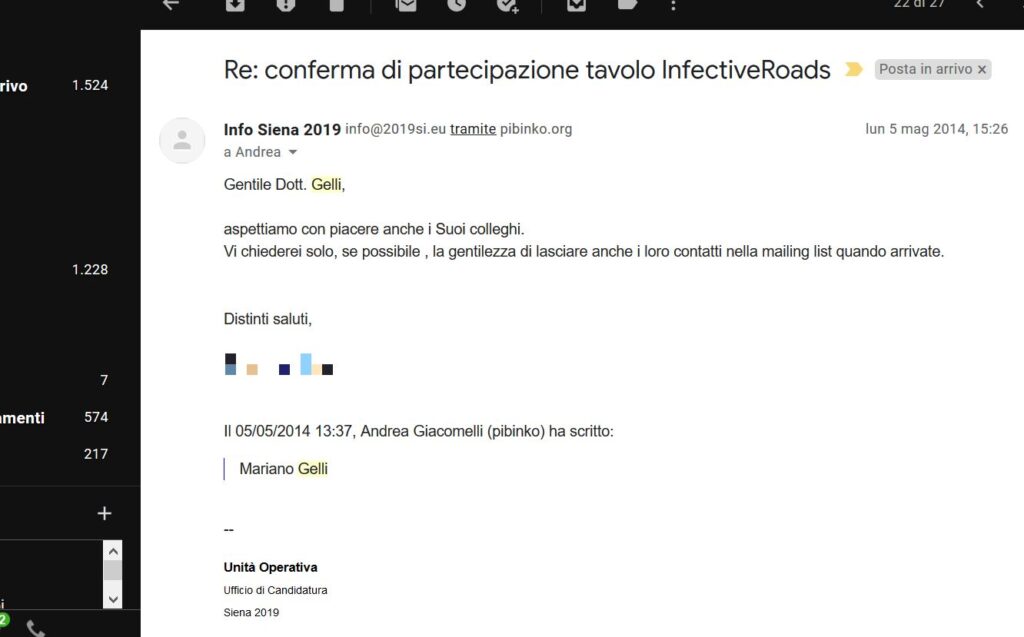
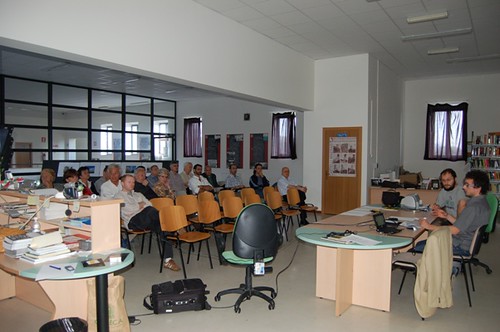 Tidying up some papers, we noted that on June 9, 2008, the BuioMetria Partecipativa project had its first presentation to the public.
Tidying up some papers, we noted that on June 9, 2008, the BuioMetria Partecipativa project had its first presentation to the public.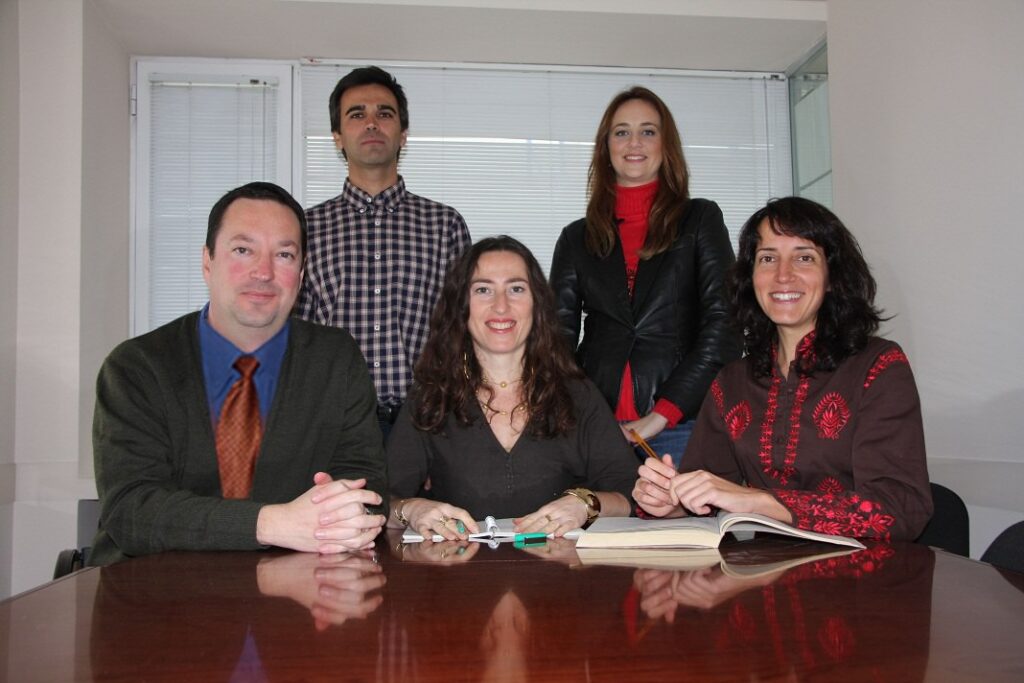
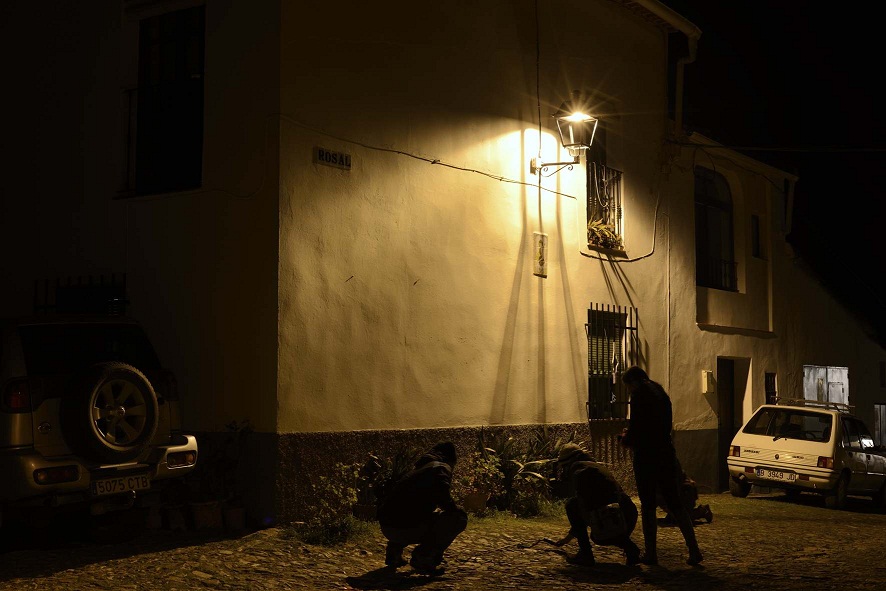
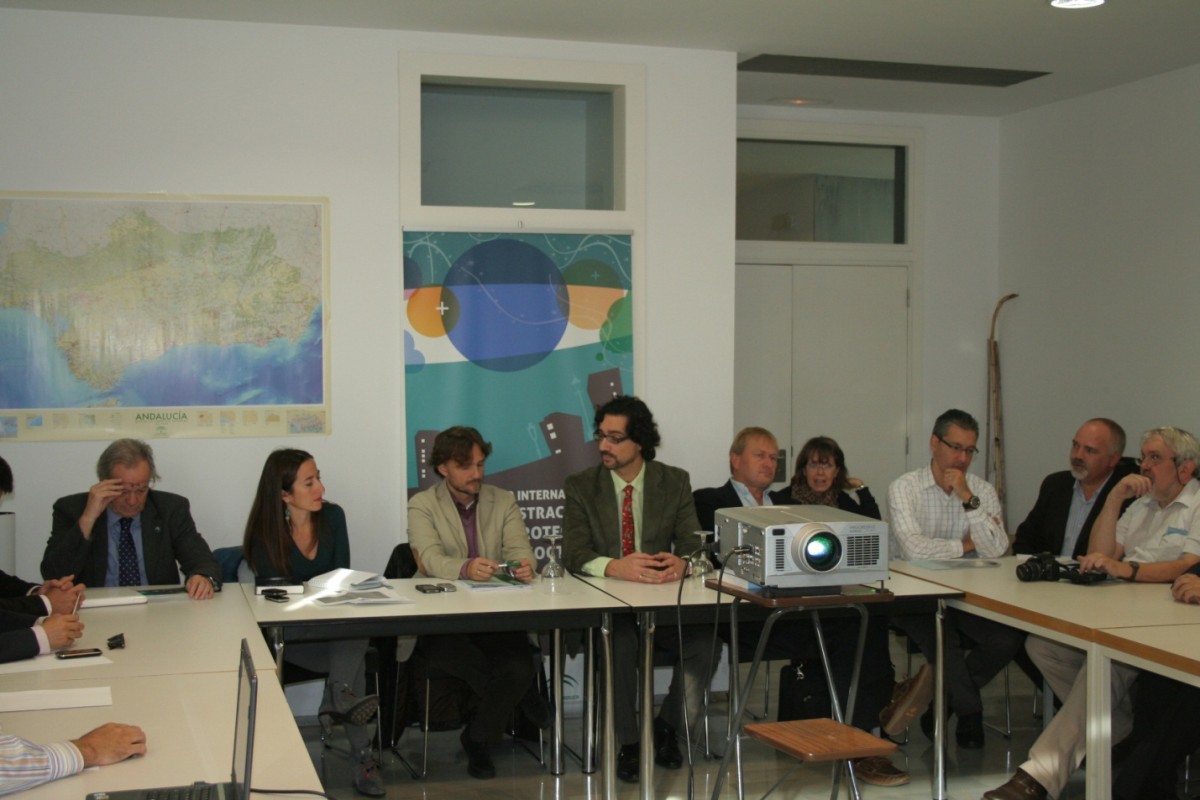
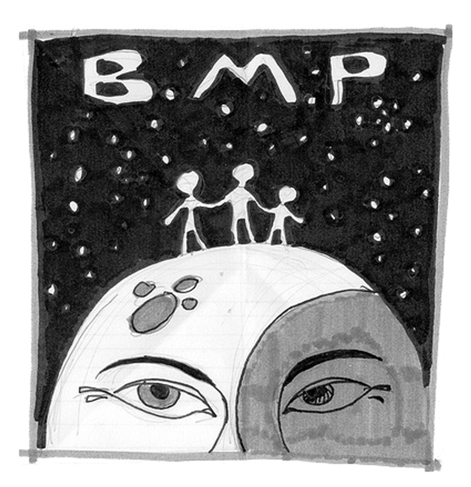 For those of you who don’t yet know it: what is buiometria partecipativa ? It is an international project, started in Spring 2008, to raise awareness on the issue of light pollution (and on its solutions) and, in parallel, it is an international participatory environmental monitoring project.
For those of you who don’t yet know it: what is buiometria partecipativa ? It is an international project, started in Spring 2008, to raise awareness on the issue of light pollution (and on its solutions) and, in parallel, it is an international participatory environmental monitoring project.
